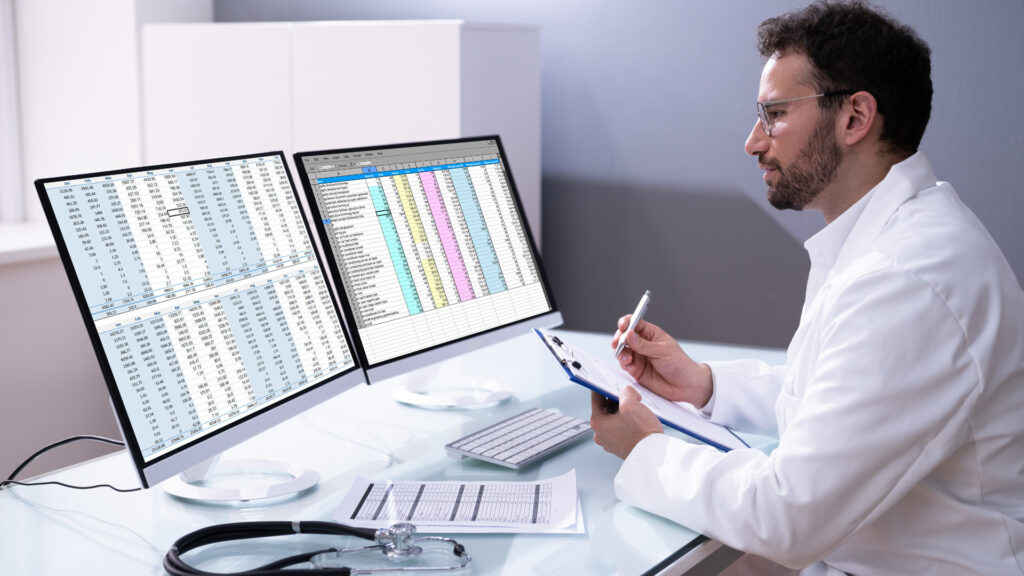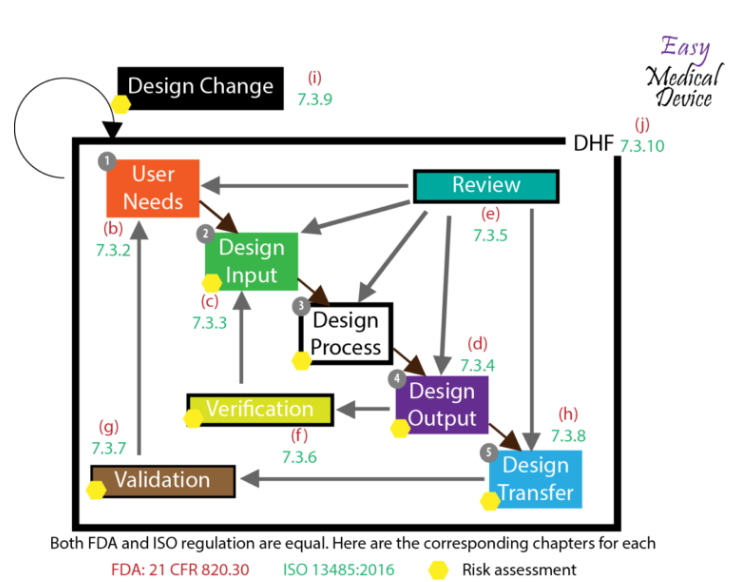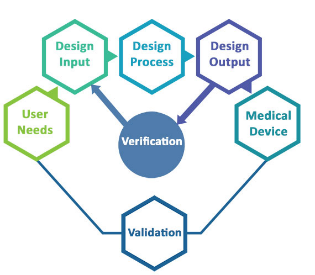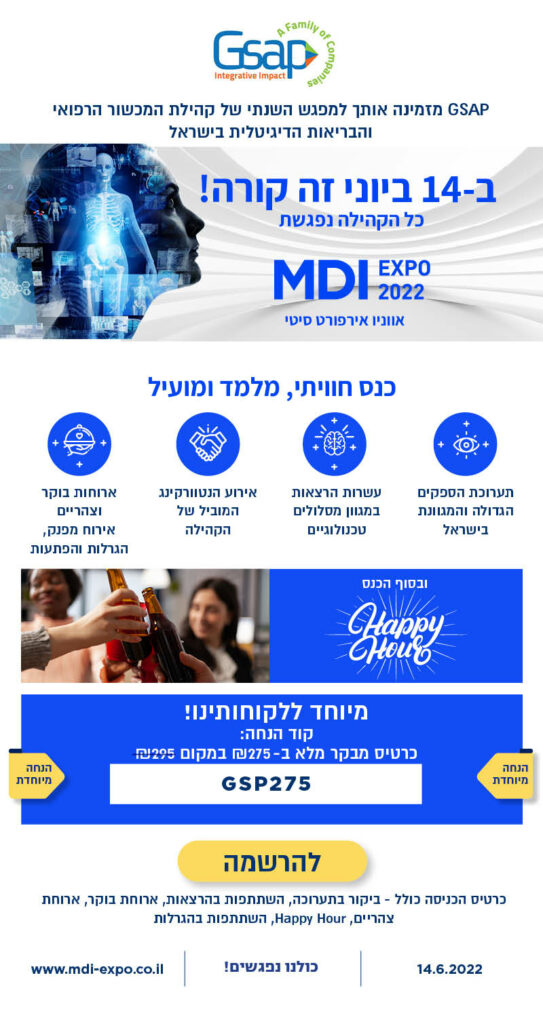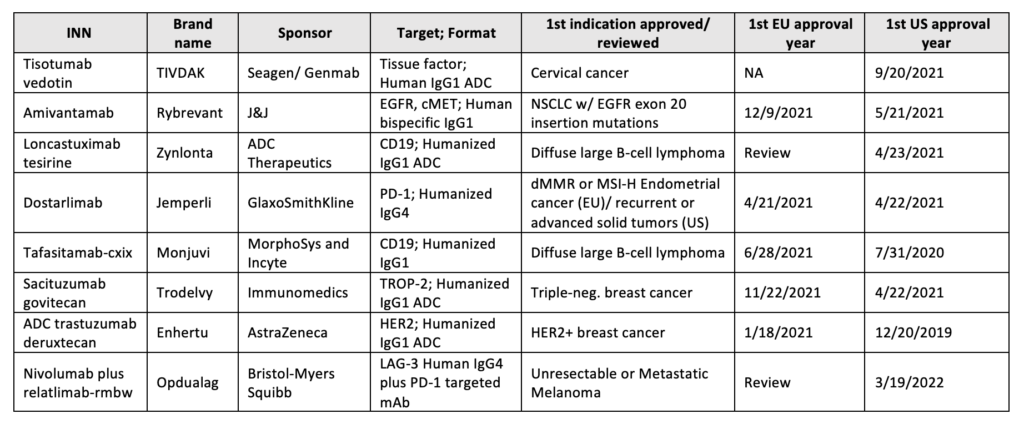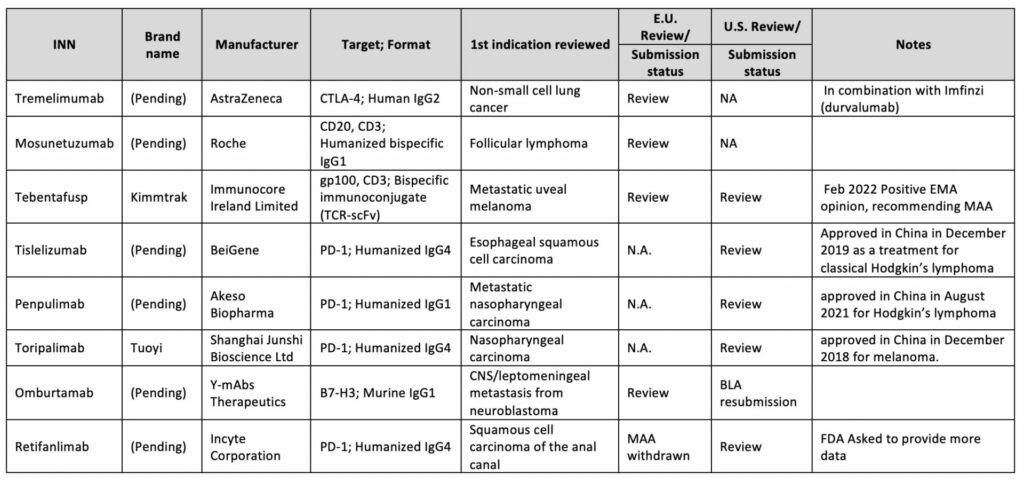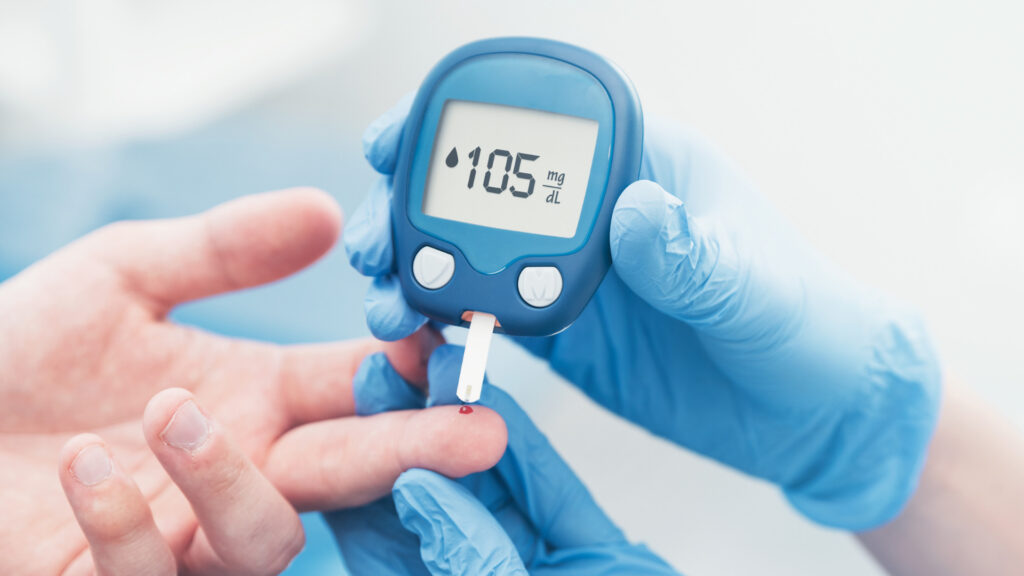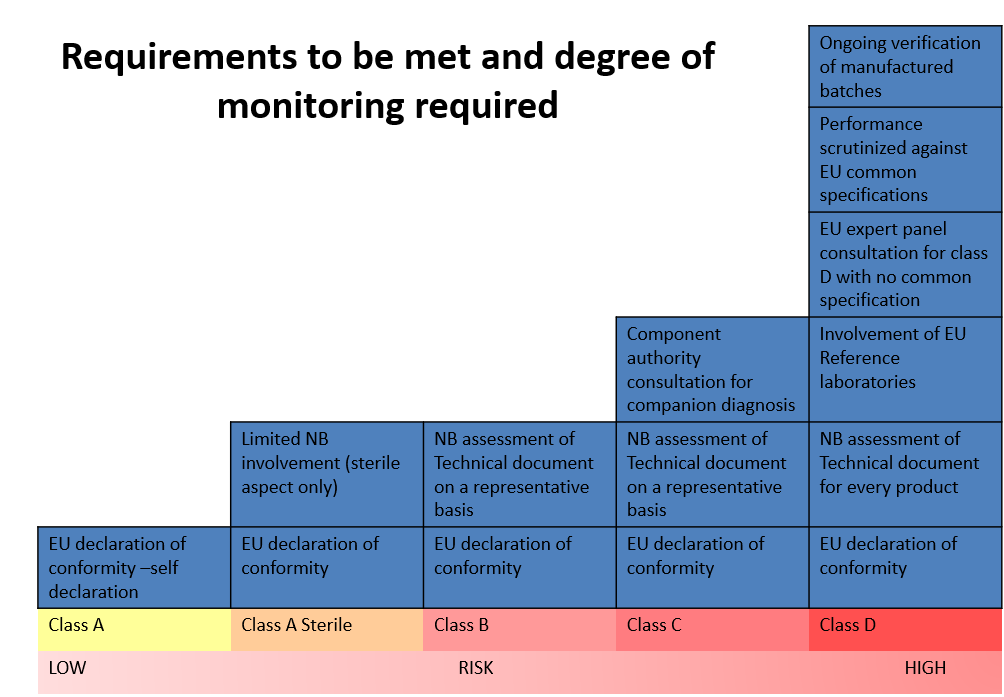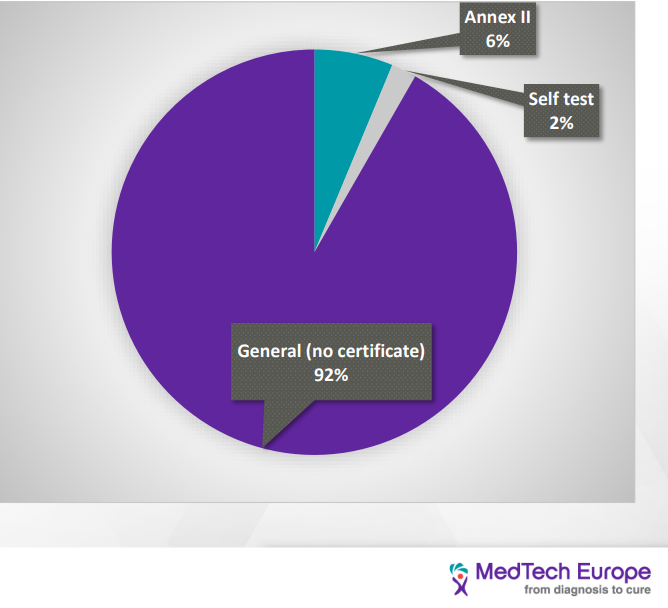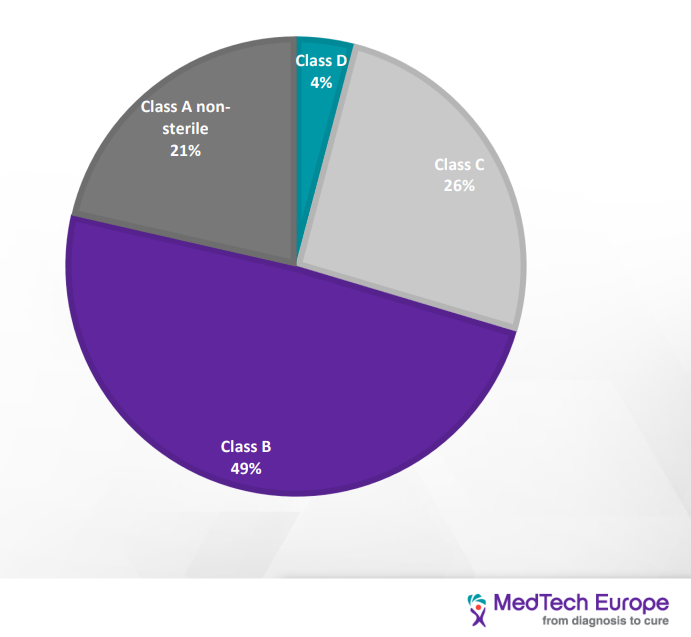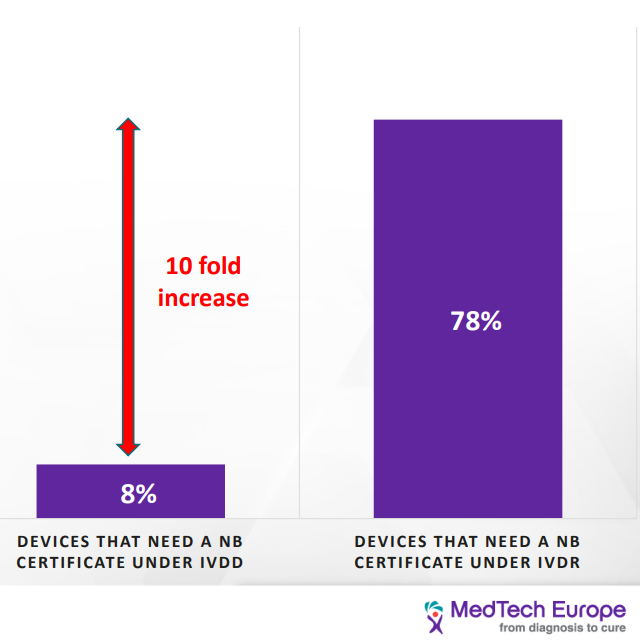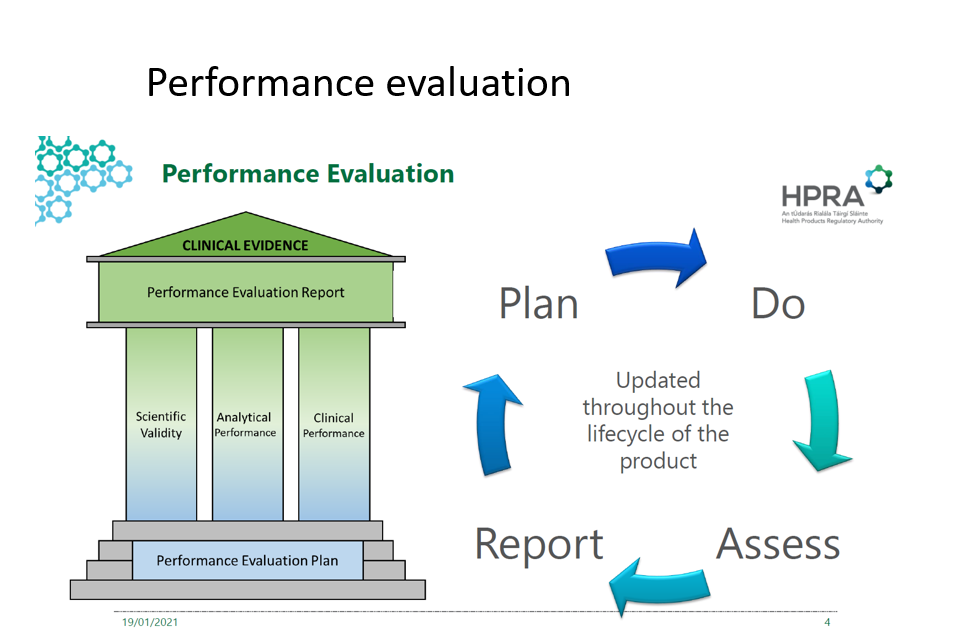In this article, we will discuss clinical trial monitoring in great detail, including what it is, what processes are involved, and why it is essential for the success of any clinical trial.
We will address:
- What is Clinical Trial Monitoring?
- The Importance of Clinical Trial Monitoring
- The Purpose of Clinical Trial Monitoring
- The Three Types of Clinical Trial Monitoring
- The Services of Clinical Trial Monitoring
- Clinical Trial Monitoring with Gsap
What is Clinical Trial Monitoring?
Clinical trial monitoring refers to the process of overseeing the progression of a clinical trial. Monitoring in clinical trials involves supervising consent documentation, protocol compliance and adherence, data collection and review, safety data collection and reporting, and much more.
The Importance of Clinical Trial Monitoring
The importance of clinical trial monitoring cannot be overstated. Rigorous monitoring is essential for several reasons, including: To ensure that human subjects are treated ethically and their well-being is protected
● To ensure that all data collection is consistent and accurate, particularly across multiple trial sites
● To ensure that all reported data is complete, accurate, and verifiable, with source documentation
● To ensure that the trial is carried out according to the outlined and approved study protocols and SOPs
Clinical trial monitoring is critical to ensure that accurate, reliable data is collected in an ethical manner throughout the trial process.
The Purpose of Clinical Trial Monitoring
The primary purpose of clinical trial monitoring is to scrutinize and verify the quality of the trial at every stage. Monitoring ensures that a trial is conducted according to the study protocol, with all necessary recording and reporting following the relevant standard operating procedures (SOPs), as well as regulatory requirements and Good Clinical Practices (GCPs).
The Three Types of Clinical Trial Monitoring
Clinical trial monitoring falls into three broad categories.
These include:
On-site
On-site clinical trial monitoring requires in-person assessment, carried out by clinical staff or sponsor personnel, at the trial site. On-site monitoring is the traditional form of clinical trial monitoring and was the most common form of clinical trial monitoring prior to the COVID-19 pandemic.
Remote
Remote monitoring in clinical trials has become more accepted in recent years. Unlike on-site monitoring, monitors do not visit trial sites during remote monitoring in clinical trials. Instead, data review and transfer are done using secure, specially-designed digital platforms.
Centralized
Centralized monitoring in clinical trials is the most appropriate option when there are multiple trial sites. Centralized monitoring arose due to the publication of guidelines relating to risk-based monitoring (RBM), and involves the collation of data from all trial sites to a central location for real-time evaluation.

The Services of Clinical Trial Monitoring
As mentioned, monitoring clinical trial processes involves a diverse number of services. These are some of the key elements of clinical trial monitoring:
Protocol compliance and protocol deviations
Strict adherence to study protocols and SOPs is essential in any clinical trial. The study protocol is written, reviewed, and approved prior to the commencement of the study, and any changes to the protocol, or deviations from the protocol, need to be appropriately documented throughout the trial.
Data collection and missing data
Another clinical trial monitoring service is the oversight of data collection. Clinical trial data must be accurate, complete, and verifiable from source documentation. It’s the role of a clinical trial monitor to ensure that this is the case. In addition, the collection of participant data needs to be performed according to the relevant data protection and privacy laws/guidelines.
ICF and Consent Process Review
Informed consent forms (ICFs) are a critical component of patient enrolment. Part of the process of clinical trial monitoring is to oversee patient enrolment and ensure that informed consent from each subject is appropriately obtained and documented.
Source data review (SDR) vs source data verification (SDV)
SDR and SDV are important elements of risk-based quality management. SDV refers to the process of confirming that reported analytical data accurately reflects the source data collected at the trial site, primarily on the case report form (CRF).
On the other hand, SDR refers to the review of source documents as they related to the clinical trial protocol. Compared to SDV, SDR involves a more strategic approach that focuses intently on the quality of data collection and compliance with regard to the study protocol.
IP/device compliance
An investigational product (IP) is a drug or biological product being used in a clinical trial, while an investigational medical device is typically a physical object (such as a pacemaker). Regardless of whether a trial is assessing a product or a device, compliance is integral to the trial’s success. A clinical trial monitor is responsible for ensuring compliance when it comes to how the investigational product or device is used in relation to the study protocol.
Safety data collection, review, and reporting
Safety data is one of the most important pieces of information gleaned from the study. Many trials are conducted solely to determine the safety of a potential new drug or device. During the study conduct safety data is collected and reviewed on an ongoing basis in order to ensure subject safety and safe flow of information.
Documentation review and collection
Clinical trial monitoring also involves the collection and review of the numerous documents associated with clinical trials. This process may include a review of CRFs, ICFs, and other source documentation such as hospital records and laboratory notes, and the collection of essential documents required to be part of the Trial Master File (TMF), which is the main repository of trial documentation. A critical component of document review is ensuring that all documentation is complete, legible, accurate, version controlled, and contemporaneous.
Equipment, ancillary supply, and logistics
All equipment being used in a clinical trial such as thermometers, centrifuges, etc. must be appropriately calibrated and validated, with associated documentation such as SOPs, logbooks, and training forms. Clinical trials also require a large number of ancillary supplies such as diagnostic and testing materials, and more. All equipment and materials used in or associated with clinical trials must be GCP grade, stored, and used appropriately. Coordinating this is a critical part of clinical trial monitoring.

Clinical Trial Monitoring with Gsap
Without adequate clinical trial monitoring, significant time and money may be wasted on a trial that does not meet the necessary quality standards for successful submission or review. An experienced and trusted contract research organization (CRO) can ensure that all elements of your trial run smoothly.
Gsap is a boutique CRO with vast experience across a wide range of clinical trial therapeutic areas and phases including cell therapy, gene therapy, cannabis, MD, and DH. Contact Gsap to discuss your upcoming clinical trial.
This article was prepared by:

Matti Hoggeg, M.Sc.
Clinical Section Manager




